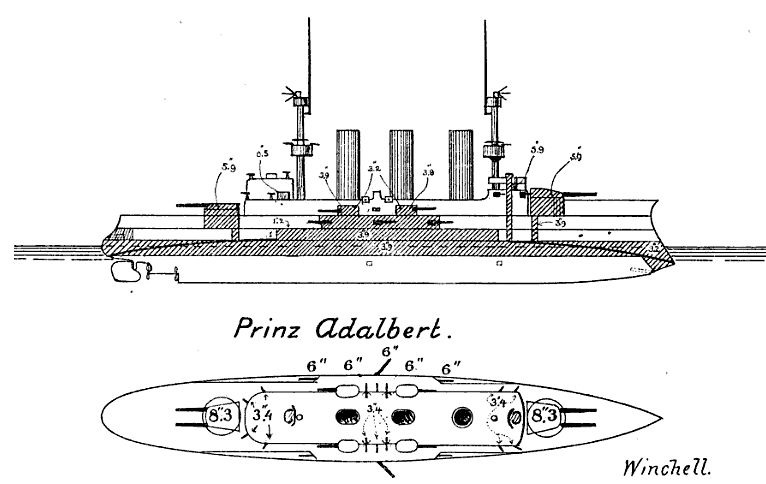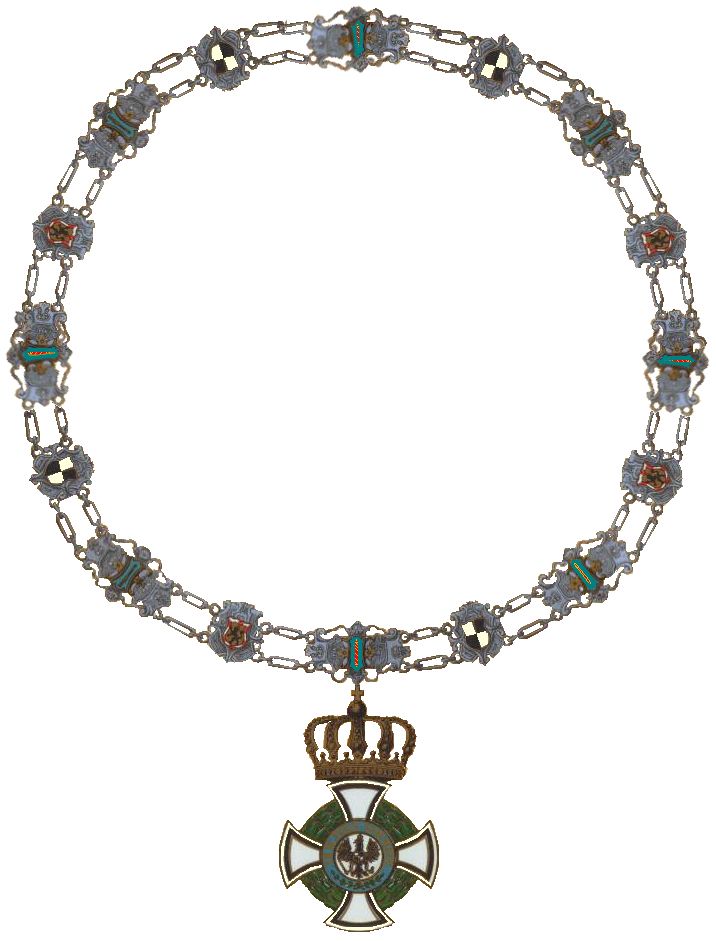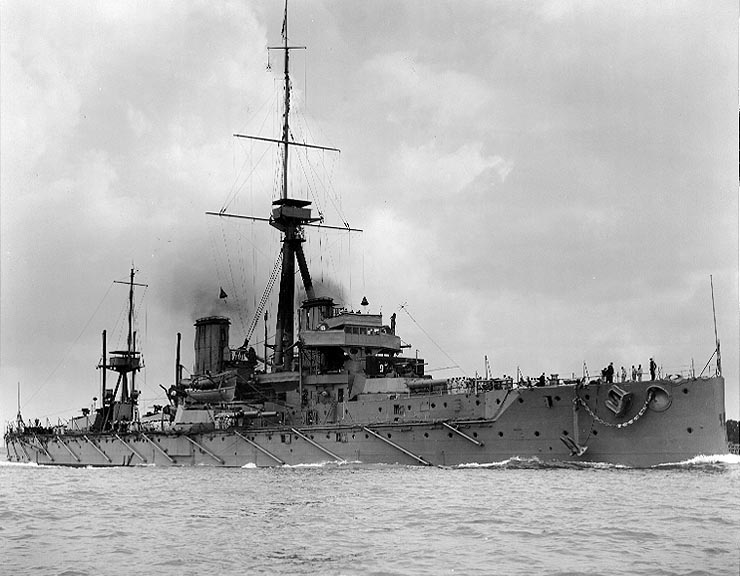|
Andreas Michelsen
Andreas Heinrich Michelsen (19 February 1869 – 8 April 1932) was a German Vizeadmiral and military commander. During World War I, he commanded several torpedo boats and the submarine fleet, participated in the Battle of Jutland, as well as being the leading German commander during the Battle of Dover Strait. Early military career Andreas Michelsen was born on 19 February 1869 in Hildesheim to Eduard Michelsen and Agnes Michelsen (née Kisker). He joined the Imperial German Navy as a cadet in April 1888. He was promoted to lieutenant in April 1894, to corvette captain in March 1906, and promoted to frigate captain in May 1910. In 1903, Michelsen served as an adjutant under Hans von Koester and in 1905, he commanded the SMS ''Grille''. For a while he also worked as a lecturer at the Maritime Academy. From October 1910, he served as Commander of the Torpedo Command, which he held until September 1911. In January 1911, he was promoted to the rank of Battleship Captain, and was appo ... [...More Info...] [...Related Items...] OR: [Wikipedia] [Google] [Baidu] |
Hildesheim
Hildesheim (; or ; ) is a city in Lower Saxony, in north-central Germany with 101,693 inhabitants. It is in the district of Hildesheim (district), Hildesheim, about southeast of Hanover on the banks of the Innerste River, a small tributary of the Leine River. The Holy Roman Emperor Louis the Pious founded the Bishopric of Hildesheim in 815 and created the first settlement with a chapel on the so-called ''Domhügel''. Hildesheim is situated on the north–south Bundesautobahn 7, Autobahn 7, and hence is connected with Hamburg in the north and Austria in the south. With the Hildesheim Cathedral and the St. Michael's Church, Hildesheim, St. Michael's Church, Hildesheim became a UNESCO World Heritage Site in 1985. In 2015 the city and the diocese celebrated their 1200th anniversary. History Early years According to tradition, the city was named after its founder ''Hildwin''. The city is one of the oldest cities in Northern Germany, became the seat of the Bishopric of Hildes ... [...More Info...] [...Related Items...] OR: [Wikipedia] [Google] [Baidu] |
SMS Prinz Adalbert (1901)
SMS () was an armored cruiser built in the early 1900s for the Imperial German Navy. She was named after the earlier screw corvette , and was the lead ship of Prinz Adalbert-class cruiser, her class. was built at the Kaiserliche Werft Kiel, Imperial Dockyard in Kiel. Her keel was laid in April 1900, and she was launched in June 1901. Her completion in January 1904 had been delayed by an excess of construction projects at the Imperial Dockyard. She was armed with a main battery of four guns, a significant improvement over the previous armored cruiser, , which carried only two 24 cm SK L/40, guns. The ship was capable of a top speed of . Upon commissioning, served as a gunnery training ship, a role she held for the majority of her career. She trained with the Home Fleet, later renamed the High Seas Fleet, throughout the early 1900s, and she made several wikt:show the flag, visits to foreign countries. After the outbreak of World War I in July 1914, she was assigned to ... [...More Info...] [...Related Items...] OR: [Wikipedia] [Google] [Baidu] |
Order Of The Star Of Romania
The Order of the Star of Romania (Romanian: ''Ordinul Steaua României'') is Romania's highest civil Order and second highest State decoration after the Order of Michael the Brave. It is the oldest Order of Romania. It is awarded by the President of Romania, and has six grades, from lowest to the highest: Knight, Officer, Commander, Grand Officer, Grand Cross, and Grand Cross with Collar. History In 1863, Alexandru Ioan Cuza, the Domnitor of the United Principalities of Moldavia and Wallachia, asked the Romanian representative to Paris to contact the then well-known jewellery house Krétly, to manufacture a state decoration. Krétly presented a model, which was immediately accepted by the domnitor, and based on his agreement, 1,000 pieces of the order were made. It was decided that the order would have five ranks: Knight (''Cavaler''), Officer (''Ofițer''), Commander (''Comandor''), Grand Officer (''Mare Ofițer''), and Grand Cross (''Mare Cruce''). Unlike all other decorati ... [...More Info...] [...Related Items...] OR: [Wikipedia] [Google] [Baidu] |
Albert Order
The Albert Order () was created on 31 December 1850 by King Frederick Augustus II of Saxony to commemorate Albert III, Duke of Saxony (known as Albert the Bold). It was to be awarded to anyone who had served the state well, for civil virtue, science and art. Design The design was a Christian cross with a bust of Albert the Bold at the centre. In 1875, however, it was discovered the bust was in fact the wrong Albert, Albert the Perennial, and the correct image was substituted and used thereafter. Grades The grade structure of the Albert Order changed several times. At first, there were five classes: Grand Cross (Großkreuz), Commander's Cross 1st Class (Komturkreuz I), Commander's Cross 2nd Class (Komturkreuz II), Knight's Cross (Ritterkreuz) and Small Cross (Kleinkreuz). These provided the basis for a series of changes over the following forty years. On 18 March 1858, the Small Cross was renamed as the Honour Cross (Ehrenkreuz) and a sixth class was established with a gold ... [...More Info...] [...Related Items...] OR: [Wikipedia] [Google] [Baidu] |
Friedrich-August-Kreuz
The Friedrich-August Cross was a German decoration of the First World War. It was set up on 24 September 1914 by Frederick Augustus II, Grand Duke of Oldenburg, with two classes, for (to quote its citation) "all persons of military or civilian status, who have shown outstanding service during the war itself". Insignia The Friedrich-August-Kreuz is a black iron cross pattée with a laurel wreath between the arms. The obverse of the cross bears a circular central medallion with the initials ''FA''. The crown of Oldenburg appears on the upper arm of the cross, with the lower arm bearing the date ''1914''. The reverse is plain. Recipients First Class * Prince Adalbert of Prussia (1884–1948) * Conrad Albrecht * Joachim von Amsberg (general) * Hermann Bauer * Paul Behncke * Theobald von Bethmann Hollweg * Johannes Blaskowitz * Werner von Blomberg * Friedrich Boedicker * Walter Böning * Walter Braemer * Karl-Heinrich Brenner * Eduard von Capelle * Prince Eitel Friedrich of ... [...More Info...] [...Related Items...] OR: [Wikipedia] [Google] [Baidu] |
Order Of The Griffon (Mecklenburg)
Order, ORDER or Orders may refer to: * A socio-political or established or existing order, e.g. World order, Ancien Regime, Pax Britannica * Categorization, the process in which ideas and objects are recognized, differentiated, and understood * Heterarchy, a system of organization wherein the elements have the potential to be ranked a number of different ways * Hierarchy, an arrangement of items that are represented as being "above", "below", or "at the same level as" one another * an action or inaction that must be obeyed, mandated by someone in authority People * Orders (surname) Arts, entertainment, and media * ''Order'' (film), a 2005 Russian film * ''Order'' (album), a 2009 album by Maroon * "Order", a 2016 song from '' Brand New Maid'' by Band-Maid * ''Orders'' (1974 film), a film by Michel Brault * "Orders" (''Star Wars: The Clone Wars'') Business * Blanket order, a purchase order to allow multiple delivery dates over a period of time * Money order or postal orde ... [...More Info...] [...Related Items...] OR: [Wikipedia] [Google] [Baidu] |
Military Merit Order (Bavaria)
The Bavarian Military Merit Order () was established on 19 July 1866 by King Ludwig II of Bavaria. It was the kingdom's main decoration for bravery and military merit for officers and higher-ranking officials. Civilians acting in support of the army were also made eligible for the decoration. The Military Merit Order ranked below the Military Order of Max Joseph (''Militär-Max-Joseph-Orden''), which was Bavaria's highest military honor for officers (and conferred a patent of non-hereditary nobility on officers who were not already nobles). Description and Wear The design of the order was a Maltese cross of blue enamel with a center medallion. Between the arms of most classes (and all classes after 1905) were golden flames (silver flames for the 4th Class after the 1905 revisions of the order). The obverse of the center medallion had a gold crowned "L" cipher (for the founder King Ludwig II) on the black-enameled center and the word "MERENTI" on a ring of white enamel edged in go ... [...More Info...] [...Related Items...] OR: [Wikipedia] [Google] [Baidu] |
Iron Cross
The Iron Cross (, , abbreviated EK) was a military decoration in the Kingdom of Prussia, the German Empire (1871–1918), and Nazi Germany (1933–1945). The design, a black cross pattée with a white or silver outline, was derived from the insignia of the medieval Teutonic Order and borne by its knights from the 13th century. As well as being a military medal, it has also been used as an emblem by the Prussian Army, the Imperial German Army, and the of the Weimar Republic, while the ''Balkenkreuz'' (bar cross) variant was used by the ''Wehrmacht''. The Iron Cross is now the emblem of the , the modern German armed forces. King Frederick William III of Prussia established the Iron Cross award on 17 March 1813 during the Napoleonic Wars (EK 1813). The award was backdated to the birthday (10 March) of his late wife, Louise of Mecklenburg-Strelitz, Queen Louise, who was the first person to receive it (posthumously). The Iron Cross was also awarded during the Franco-Prussian War ( ... [...More Info...] [...Related Items...] OR: [Wikipedia] [Google] [Baidu] |
House Order Of Hohenzollern
The House Order of Hohenzollern ( or ') was a dynastic order of knighthood of the House of Hohenzollern awarded to military commissioned officers and civilians of comparable status. Associated with the various versions of the order were crosses and medals which could be awarded to lower-ranking soldiers and civilians. History The Princely House Order of Hohenzollern originated in 1841, by joint decree of Prince Konstantin of and Prince Karl Anton of . These two principalities in southern Germany were Catholic collateral lines of the House of Hohenzollern, cousins to the Protestant ruling house of Prussia. On 23 August 1851, after the two principalities had been annexed by Prussia, the order was adopted by the Prussian branch of the house. Also, although the two principalities had become an administrative region of the Prussian kingdom, the princely lines continued to award the order as a house order. The Prussian version was then known as the Royal House Order of Hohenzollern (' ... [...More Info...] [...Related Items...] OR: [Wikipedia] [Google] [Baidu] |
Order Of The Crown (Prussia)
The Royal Order of the Crown () was a Prussian order of chivalry. Instituted in 1861 as an honour equal in rank to the Order of the Red Eagle, membership could only be conferred upon commissioned officers (or civilians of approximately equivalent status), but there was a medal associated with the order which could be earned by non-commissioned officers and enlisted men. Officially the Order of the Red Eagle and the Order of the Crown were equal. Most officials did however prefer to be appointed in the older Order of the Red Eagle. The Order of the Crown was often used as an award for someone who had to be rewarded while the Prussian government did not want to use the Order of the Red Eagle. Classes The Order had six classes: *Grand Cross – wore the Grand Cross badge on a sash on the right shoulder, plus the star on the left chest; *1st Class – wore the badge on a sash on the right shoulder, plus the star on the left chest; *2nd Class – wore the badge on a necklet, plus t ... [...More Info...] [...Related Items...] OR: [Wikipedia] [Google] [Baidu] |
Order Of The Red Eagle
The Order of the Red Eagle () was an order of chivalry of the Kingdom of Prussia. It was awarded to both military personnel and civilians, to recognize valor in combat, excellence in military leadership, long and faithful service to the kingdom, or other achievements. As with most German and other European orders, the Order of the Red Eagle could be awarded only to commissioned officers or civilians of approximately equivalent status. However, there was a medal of the order, which could be awarded to non-commissioned officers and enlisted men, lower ranking civil servants and other civilians. History The predecessor to the Order of the Red Eagle was founded on 17 November 1705, by the Margrave Georg Wilhelm of Brandenburg-Bayreuth as the '' Ordre de la Sincérité''. This soon fell into disuse but was revived in 1712 in Brandenburg-Bayreuth and again in 1734 in Brandenburg-Ansbach, where it first received the name of "Order of the Brandenburg Red Eagle". The statutes were change ... [...More Info...] [...Related Items...] OR: [Wikipedia] [Google] [Baidu] |
High Seas Fleet
The High Seas Fleet () was the battle fleet of the German Empire, German Imperial German Navy, Imperial Navy and saw action during the First World War. In February 1907, the Home Fleet () was renamed the High Seas Fleet. Admiral Alfred von Tirpitz was the architect of the fleet; he envisioned a force powerful enough to challenge the Royal Navy. Kaiser Wilhelm II, the German Emperor, championed the fleet as the instrument by which he would seize overseas possessions and make Germany a global power. By concentrating a powerful battle fleet in the North Sea while the Royal Navy was required to disperse its forces around the British Empire, Tirpitz believed Germany could achieve a balance of force that could seriously damage British naval hegemony. This was the heart of Tirpitz's "Risk Theory", which held that Britain would not challenge Germany if the latter's fleet posed such a significant threat to its own. The primary component of the Fleet was its battleships, typically org ... [...More Info...] [...Related Items...] OR: [Wikipedia] [Google] [Baidu] |




